Childhood
Photo of Ted Geisel as a child, c. 1909, Collection of Margaretha and Ted Owens
Beginning in 1876, two generations of Geisels made their living in Springfield, Massachusetts, as master brewers. At the time of patriarch Theodor Geisel’s death on December 5, 1919, he and Ted’s father had built the family company into one of the largest brewing concerns in New England, producing 300,000 barrels a year. Six weeks later, when Prohibition took effect on January 18, 1920, their business closed forever and ended Theodor Robert Geisel’s brief tenure at the helm. While Ted’s father dabbled in real estate during the interim, it wasn’t until 1931 that T.R. would begin a thirty-year salaried position as Springfield’s superintendent of parks.
The Geisels were already a prominent Springfield family when T.R. was appointed to an honorary position on the parks board in 1909. Under the board’s supervision was the magnificent centerpiece of the system, the 500-acre Forest Park. Within that grand expanse was the fledgling Springfield Zoo, where Ted’s father would often take him, both enjoying the behind-the-scenes access afforded by T.R.’s voluntary service on the board.
“Early on, Ted’s mother became his “accomplice in crime,” encouraging him to draw animal caricatures on the plaster walls of his bedroom.”
This zoo was a beloved part of Ted’s childhood. If his father wasn’t able to accompany him and his sketchpad there, he would go with his mother or his sister, Marnie. Early on, Ted’s mother became his “accomplice in crime,” encouraging him to draw animal caricatures on the plaster walls of his bedroom. Only later, when T.R. became the superintendent of parks, did he also become an unexpected resource, who now aided and abetted his son’s artistic efforts. Zoo animals that had met their demise lived on as their bills, horns, and antlers were shipped to Ted’s New York apartment to become exotic beaks and headdresses on his bizarre taxidermy sculptures.
Above: Carbonic Walrus and Gimlet Fish; two examples of Ted's taxidermy sculptures.
Ted’s parents loved him deeply, reveling in his random wit, his cheerfulness and his genuine concern for others. To them, he was a “personality” to be encouraged. As a result, Ted grew into a devoted son and a faithful friend, coveting only a close circle of lifelong relationships—people with whom he felt comfortable. His friends saw him as a treasured compatriot with whom to lightheartedly walk through life. The Chicago attorney and philanthropist Kenneth Montgomery (Dartmouth ’25) said it best, “He was not gregarious in the sense of hail-fellow-well-met; there was no sense of self-importance about him. When he walked into a room, it was like a magician’s act. Birds flew out of his hands, and endless bright scarves and fireworks. Everything became brighter, happier, funnier. And he didn’t try. Everything Ted did seemed to be a surprise, even to him.”
All information excerpted from: Secrets of the Deep, the Lost, Forgotten, and Hidden Works of Theodor Seuss Geisel and The Cat Behind the Hat


